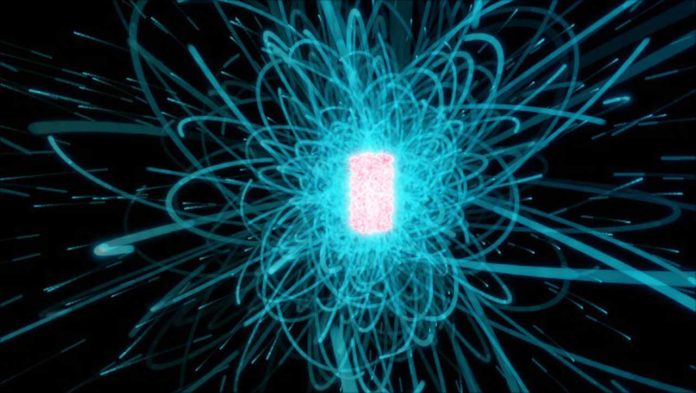Four states of matter are observable in everyday life: solid, liquid, gas, and plasma. However, plasma is the most abundant state in the visible universe, consisting of free charged particles such as ions and electrons.
Understanding of plasma dynamics includes identifying its universal mechanisms and later comparing them to a controlled laboratory experiment.
In a recent study, scientists from the Cluster of Excellence, “CUI: Advanced Imaging of Matter,” have created an entirely new type of plasma by combining state-of-the-art technologies using ultrashort laser pulses and ultracold atomic gases. Scientists reported a novel electron cooling mechanism occurring in such plasmas. Through this work, scientists would like to contribute to a broader understanding of fundamental processes occurring in extreme plasma systems, not directly accessible for experimental research.
In their study, scientists cooled down and trapped the atoms with laser light. By using an intense light field of an ultrashort laser pulse, scientists broke up atoms into electrons and ions within 200 femtoseconds. A femtosecond is one-millionth of one billionth of a second.
Because of the atoms’ shallow initial temperature, the ions have temperatures lower than 40 millikelvin, which is only a fraction above the lowest possible temperature in the universe (0 Kelvin or minus 273 degrees on the Celsius scale). In contrast, the electrons are initially very hot with temperatures of 5250 Kelvin, similar to those found at the sun’s surface.
First author Tobias Kroker from the research group of Prof. Dr. Markus Drescher in the Department of Physics states said, “Hot electrons directly created by the ultrashort laser pulse begin to escape and leave behind a positively charged region that traps some of the electrons in an ultracold plasma. Such a plasma state has never been observed before.”
Scientists later observed that the plasma’s trapped electrons are cooled on ultrafast timescales and measured the final electronic temperature. Additionally, they observed that the plasma is stable over a few hundred nanoseconds, which is a very long time for such systems.
Kroker said, “Such ultracold plasmas provide benchmarks for theoretical models and can shed light on extreme conditions present in inertial confinement fusion or astronomical objects such as white dwarfs. Furthermore, the resulting ultracold electrons are interesting by themselves as a bright source for imaging biological samples.”
Journal Reference:
- T. Kroker et al. “Ultrafast Electron Cooling in an Expanding Ultracold Plasma.” DOI: 10.1038/s41467-020-20815-8
